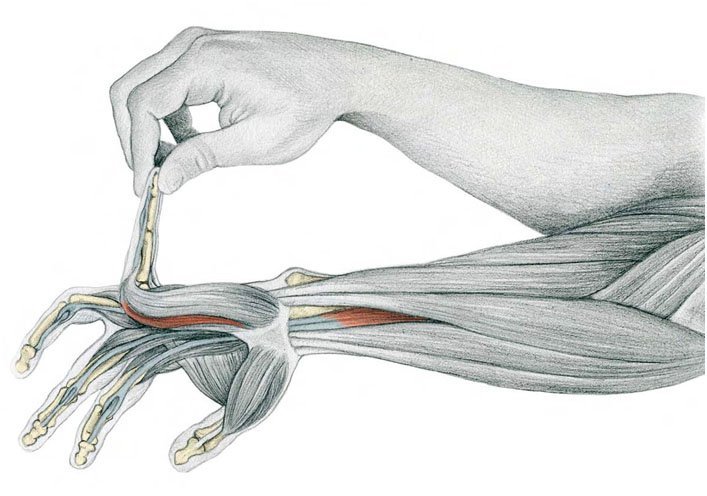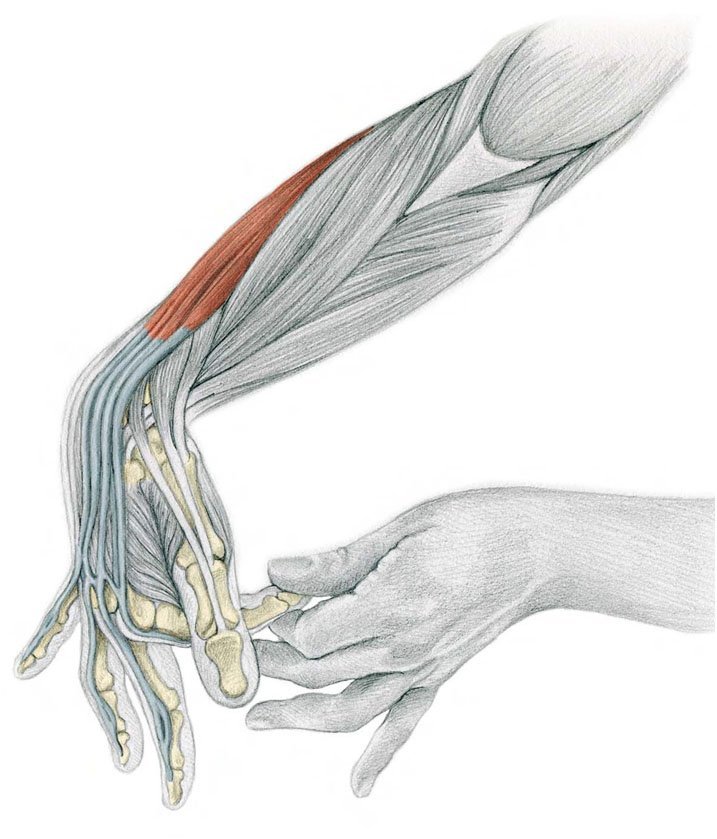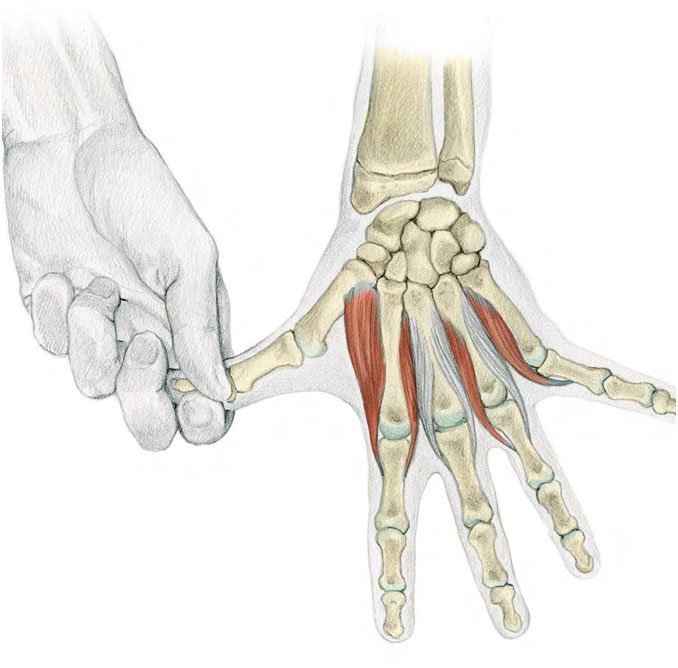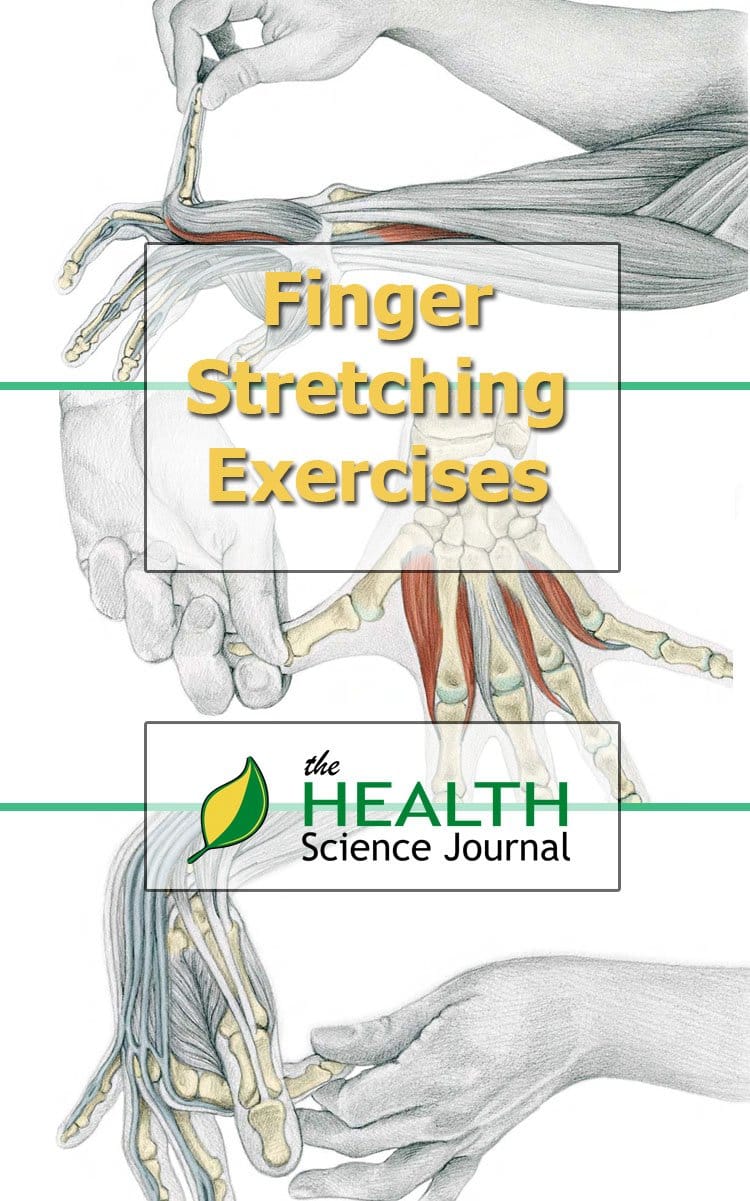You use your fingers constantly to type at work, to install smartphone apps, to cook dinner and to grasp onto weights at the gym. Yet, the fingers are sometimes completely forgotten, especially when it comes to stretching. Finger stretches can help you recover from an injury, arthritis, systemic sclerosis or other diseases. And, they can help increase your finger flexibility for playing the piano or guitar, or simply to release the stress in your hands from typing all day. Today we want to share 3 exercises that will do wonders for your fingers and make your life easier in the long run. Perform these stretches regularly to improve the flexibility of your fingers. If you are new to stretching, start here first for some instructions on smart stretching.
An Exercise Tip: If your hands and fingers feel painful and stiff, try warming them up before you exercise. This can make it easier to move and stretch. Use a heating pad or soak them in warm water for about 5 to 10 minutes. Or, for a deeper warmth, rub some oil on your hands, put on a pair of rubber gloves, and then soak them in warm water for a few minutes.
1. Finger by Finger Extension With Assistance

Muscles involved:
The flexor muscle corresponding to the finger being extended
Instruction:
A simple exercise, performed by holding a finger with the other hand, and extending it individually. The stretch is maintained for a few seconds, and then one moves on to the next finger.
Commentary:
Even though this is a simple exercise, the pulling movement must be slow and sustained because it is not hard to injure a structure if it is done otherwise.
You might be tempted to think that stretching of each finger individually is a waste of time, feeling that it is enough to do them all together at the same time. That would be a mistake, however, since there is nothing more effective than dividing up the body areas as much as possible in order to obtain the best results from stretching – specific exercises are the true protagonists for increases in flexibility of a specific.
2. Finger by Finger Flexion With Assistance

Muscles involved:
The extensor muscle corresponding to the finger being flexed
Instruction:
The Finger by Finger Flexion, as the name reveals, is done one finger at a time. Simply hold on to each finger individually with the opposite hand and produce a deep but gentle flexion. The wrist must remain flexed at approximately 90°.
Commentary:
During the exercise, flex the wrist slightly with each pull of the finger in order to put even greater emphasis on the tension. Of course, as in all other stretching exercises, the movement here should also be slow and controlled.
3. Finger Separation

Muscles involved:
Palmar interosseous, dorsal interosseous of the thumb
Instruction:
Recommended for musicians playing the piano, guitar, flute, etc. With the help of the opposite hand, separate the fingers from each other, one by one. An alternative is to place an object like a cylinder or a rubber ball between the fingers and press it using the other hand towards the interdigital spaces of each finger. Some small muscles of the hand, the palmar interosseous for example, respond very well to this alternative.
Commentary:
Although the easiest one to separate may be the thumb (it’s called the opposing finger for a reason), the work should involve the entire hand.
Certain professions and hobbies demand excellent finger mobility, especially in the artistic fields. For example, musicians who play any one of several instruments like piano, guitar, flute, etc., will all benefit from this exercise, which they should practice conscientiously.
You can find more about stretching in The Art of Stretching – Stretch your Arms, Legs and Shoulders and Chest, 8 Office Stretching Exercises, or 6 Simple Stretches for Neck Pain and Stiff Shoulders.


